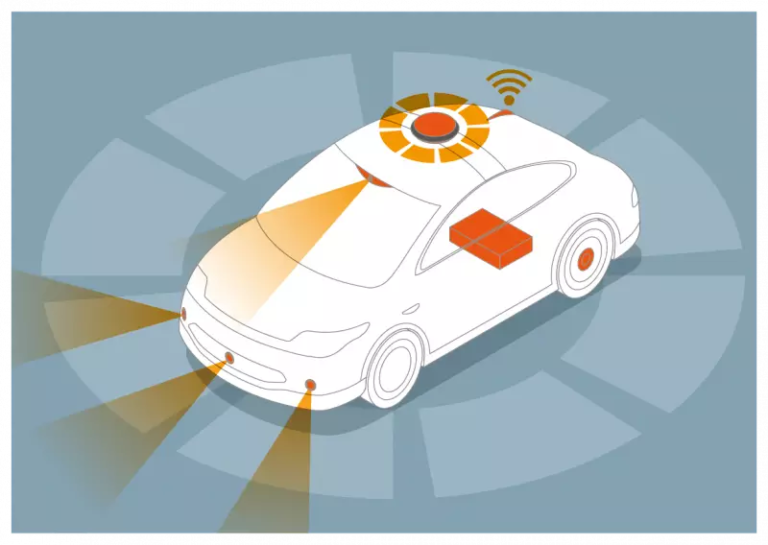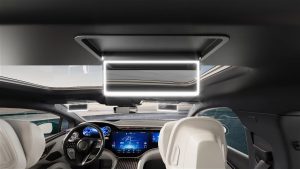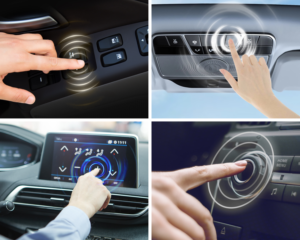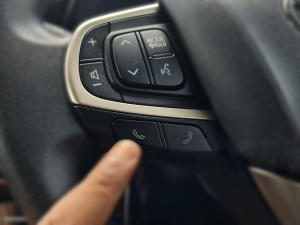Car alarms have evolved through a number of stages, from simple audible alarm devices to intelligent, highly secure systems.
Early Stage: Early car alarms were primarily mechanical and were usually activated by a switch attached to a door or window. The alarm would sound a loud alarm when someone attempted to enter the vehicle illegally.
Audible Alarms: As technology advanced, audible alarms became the norm. These alarms emit a high-decibel sound when a vehicle is trespassed or attempted to be stolen to attract the attention of those around and scare off the intruder.
Remote Control: With the advancement of remote control technology, alarm systems began to be equipped with remote controls that allowed the owner to activate or deactivate the alarm within a certain range. Such systems often also have the ability to remotely start the engine and lock the vehicle.
Intelligent Systems: In recent years, as smart technology has become more prevalent, car alarms have also become more intelligent. Modern car alarm systems are usually integrated with the vehicle’s security system and include features such as vehicle tracking, remote monitoring, and mobile app control. Some high-end models are even equipped with biometric technologies such as face recognition and fingerprint recognition.
Multi-Sensing Systems: Modern car alarms often integrate multiple sensing technologies, such as motion detection, vibration sensors, glass breakage sensors, etc., in order to improve detection accuracy and reduce false alarm rates.
Automated Response: some advanced car alarm systems do more than just sound an alarm; they can also take automated measures to respond to threats, such as activating an engine disabling system, remotely notifying the owner of the car or security service, etc.
Overall, the trend for car alarms is toward intelligence, versatility, and a high degree of security to provide more comprehensive protection and convenience.
Future
Advances in sensing technology: future car alarms are likely to employ more advanced sensing technologies, such as artificial intelligence, machine learning, and computer vision, to more accurately detect threats and anomalies around the vehicle.
Interconnectivity: Future car alarms are likely to be more tightly connected to the vehicle’s other systems and the internet to enable more advanced functions such as remote control, real-time monitoring, and data sharing.
Biometrics: With the development of biometrics technology, future car alarms may integrate more biometric functions, such as face recognition, fingerprint recognition, and iris recognition, to improve vehicle security and anti-theft.
Autonomous Response Capability: Future car alarms may have stronger autonomous response capability, able to take different measures according to the severity of the threat and the specific situation, such as automatic alarms, activating the engine disabling system, and invoking security services.
Intelligent Early Warning Functions: Future car alarms may provide smarter early warning functions by analyzing big data and pattern recognition technologies, capable of predicting potential threats and taking preventive measures, thus effectively reducing the risk of vehicle theft.
Sustainability and environmental protection: future car alarms may pay more attention to sustainability and environmental protection, using more environmentally friendly materials and energy to reduce the impact on the environment, and more sustainable long-term development.
In summary, the future direction of car alarms is towards intelligence, connectivity, biometrics, autonomous response, and sustainability to provide more comprehensive, safer, and environmentally friendly protection features.







